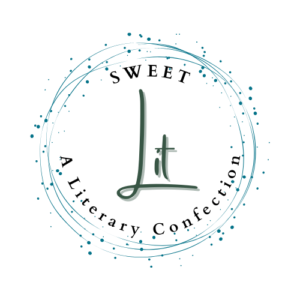By V. Navarro
“How is she doing this?” I wondered when I encountered Aimee Nezhukumatathil‘s work in my first poetry course as an undergraduate. On the day we discussed forms, my instructor gave us “Red Ghazal,” and through its unexpected use of color, attention to detail, and juxtaposition of images, it showed me how to make moves I didn’t realize poems could make. That was all it took; I was hooked. I checked her books out from the library and dove in. She was one of the first poetic voices to make a strong impression on me, to make me stop, listen, and long toward growing a distinct presence in my own work.
Years later, I returned to Aimee’s books, and despite having read many collections since then and broadened my understanding of the contemporary poetry scene, I found that her 2007 book At The Drive-In Volcano was just as startling as it had been when I was a freshman. I realized, too, how much her inquisitive, intelligent tone emboldened my own work, how the shadow of her words still buzz in my head while I write. She will always be a formative influence on me, and her work continues to teach me how to be bright and crisp on the page.
We at Sweet look forward to the publication of her newest collection, Oceanic, forthcoming from Copper Canyon Press in 2018. In the meantime, I was delighted to interview Aimee for our May issue and talk to her about her life and her writing process.
—
V. Navarro: Your poetry so often explores the richness and wonder of the natural world, so I have to ask: if you could become anything from the natural world for a day, be it a non-human animal, a flowering tree, a particular river, what would you want to be? What natural experience would you most like to embody?
Aimee Nezhukumatathil: Ha—love the questions, but it’s honestly so hard to choose as I’m in the middle of wrapping up a collection of nature essays of my fave flora and fauna. Today the answer would be a manta ray. They can ‘fly’ out of the water for a bit and also glide in the oceans—and they don’t sting anyone.
VN: One of my favorite poems of yours is “What I Learned from the Incredible Hulk.” Do you think contemporary American poetry would benefit from more engagement with popular culture?
AN: I certainly don’t think poetry should have any one particular rule in terms of content or what it engages with, but I do love the play and research that can go into folding pop culture into lyric moments. Superheroes/heroines in particular have fantastic origin stories that are chock full of metaphors, so it does seem like a natural pairing with the lyric moment in poetry.
VN: What have you been reading and enjoying lately?
AN: BESTIARY, by Donika Kelly
TERMINAL HUMAN VELOCITY, by Christina Olson
LOOK, by Solmaz Sharif
anything by Brian Doyle
PATIENT ZERO by Tomás Q. Morín
VN: What is your revision process like? How does it differ between poems and essays?
AN: Revision—that’s the fun part of writing for me actually. Now the drafting process is very unglamorous for me—lots of self-doubt, stops and starts, fussing over lines, stress-eating gummy bears (I’m only half-kidding)—but I think you have to push through distraction and just get it on the page, even if it means wading through the mucky swamp of doubt. I never know when I’m going to be able to return to the desk again. At the risk of being a tad melodramatic, I confess that at the end of every draft, I’m actually physically tired, spent. But I love and live for revision! Love it. That’s where the making and shaping joy and play and music-popping-crackle metaphor-magic and the snapping off line breaks happens for me. Only in essays, I don’t worry about line breaks, but my revision process is the same.
I think that helps keep my students in check when at first they may resist looking over their poems again. I ask/tease/shame them: How can you NOT love revising poems? That’s where the magic happens!
I usually start with examining the openings and closings of the piece: the first line or sentence should hook just under your skin to keep you wanting, really wanting, to read on. The last line/sentence should feel as if the hook were either yanked out or gently removed. Either way, it should smart.
VN: In our current political climate, there has obviously been a lot of concern around the defunding of the arts and humanities. In what ways, small or large, can writers and readers push back against the undervaluing of creative expression?
AN: For a start…Support (BUY!) and promote the work of marginalized writers, writers who are just beginning, writers who don’t have institutional support. Be kind to others, and it seems so obvious, but it still holds true: follow the golden rule for other writers. Even if/when you have to say no sometimes, find a way to be supportive and kind. And if you are able, find ways to lend financial support to journals and presses and theatre and artists’ organizations, PBS, etc—a (re)tilting of your monthly budget if you are at all able—any little bit helps if you can lay off the Sephora and lattes and whatever goodies you can forgo for just a bit…
VN: And lastly, in theme with our journal’s title, where do you find sweetness in your life?
AN: A partial and incomplete list—these just happen to be a sampling of the sweetest smells in my life: My sons’ freshly towel-dried hair after their baths. Shaved gyro meat from one of those twirly-ma-bobs. The way ice smells after a good zamboni-ing. Strawberries picked from my garden. Sharp #2 pencils. A good lemon shandy. The gift of tomatoes freshly picked from my yard in October even when there should be no more fruit, just wind and corn husk and sweaters. Curry powder. Bee balm. What construction paper smells like when you cut it. Honey beer. Orange blossoms from my parents’ yard in Florida. Jell-O. The air around the grill on an early summer evening when my husband, aka The Grill Master, works his magic on various cuts of meat and peppers and pineapple. Oil of Olay and Wrigley’s spearmint gum–that combo always reminds me of my mom, Chicago, the 70s.



